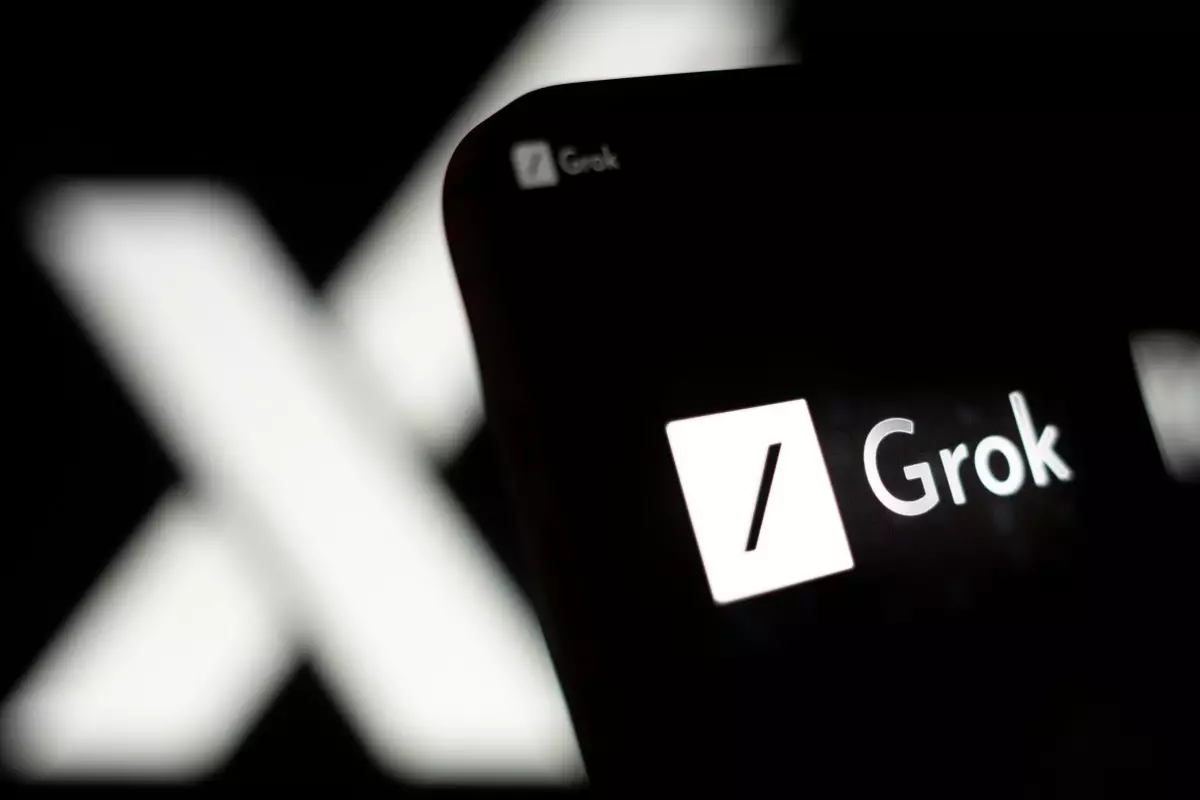Elon Musk, the controversial billionaire known for pushing boundaries in technology, has recently made headlines once again with the release of Grok 3, the latest in his line of AI models under the banner of xAI. This development comes at a time when Musk himself is embroiled in a legal tussle with OpenAI, but his ambition to create a more dynamic artificial intelligence doesn’t seem to be hindered. Grok 3 is his audacious attempt to rival well-established models like OpenAI’s GPT-4 and Google’s Gemini, offering unique features that underscore Musk’s vision for AI technology.
Features and Capabilities of Grok 3
At its core, Grok 3 is designed to process images and engage in meaningful dialogue with users, setting a standard for AI interaction. Available through an API, Grok 3 comes in two versions: the full Grok 3 and a simplified Grok 3 Mini, both of which boast “reasoning” abilities. The pricing structure for these models is intriguing and somewhat avant-garde. For instance, while Grok 3 commands a price of $3 per million tokens for input and $15 for output, its Mini counterpart is significantly cheaper, priced at $0.30 per million for input and $0.50 for output.
While these prices may appear affordable at first glance, they raise questions regarding the overall value proposition when compared to competitors. In fact, compared to similar offerings, Grok 3 seems to fall short both in terms of performance metrics and capabilities, with recent benchmarks suggesting that models like Google’s Gemini 2.5 Pro outperform Grok 3 consistently.
Context Window Controversy
A critical analysis reveals an issue that could impact user experience: Grok 3’s context window, which dictates the number of tokens the model can handle simultaneously. Musk’s ambitious claims of supporting one million tokens stand diminished against the API’s actual capacity of just 131,072 tokens — a stark difference that could frustrate users who expect broader conversational capabilities. This discrepancy not only challenges Grok 3’s touted specifications but also raises questions about transparency and the accuracy of Musk’s messaging regarding the product.
An AI with A Political Agenda?
When Musk first unveiled Grok, he positioned it as a fierce contender capable of treading where other AI models fear to venture, particularly concerning political correctness and controversial topics. While earlier iterations of Grok exhibited a tendency toward vulgarity and non-conformity, they still hesitated on political issues, revealing an unexpected bias skewed towards the left on sensitive subjects like diversity and social equality.
Musk has openly criticized the model’s training data — primarily drawn from public web pages — for this ideological slant. He has vowed to steer Grok toward a more politically neutral stance, a formidable task that raises additional questions about AI ethics and the very nature of neutrality in algorithms. Striving for balance in an inherently subjective landscape could yield unpredictable results, and whether or not Musk can fulfill this promise remains to be seen.
Grok’s Place in the Competitive Landscape
As xAI thrusts Grok 3 into the marketplace, the competitive landscape of AI remains as volatile as ever. Rival companies are not standing still; they continue to innovate rapidly, and the industry is saturated with powerful players committed to advancing AI technology. With Grok 3 priced similarly to Anthropic’s Claude 3.7 Sonnet, which also boasts reasoning capabilities, the question arises: does Grok 3 offer enough unique features to carve out its niche, or is it simply another entry in a crowded field?
Musk’s visibility and persuasive aura undoubtedly give xAI an edge in the public eye; however, the true measure of Grok 3’s success will depend on its performance and adaptability over time. In a fast-evolving domain like AI, staying relevant requires constant iteration and responsiveness to both market demands and user feedback.
In the midst of all this, it’s compelling to watch how Musk balances his ambitious pursuits with the practical realities of a tumultuous tech landscape. Grok 3 might very well be the speculative bet that shows whether Musk’s vision can manifest into tangible market success – or whether it will merely fade into the background noise of an ever-competitive industry.

